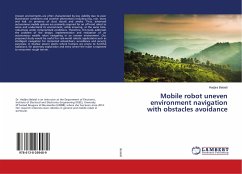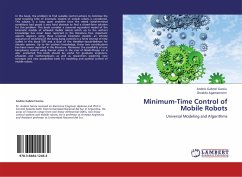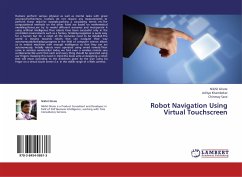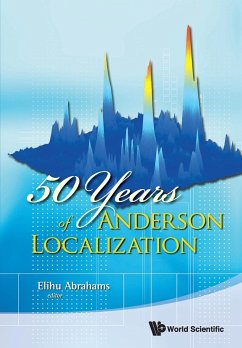Range-only SLAM (or RO-SLAM) is a problem that aims to create a map composed by a set of range-only sensors which position is initially unknown while at the same time it localizes the mobile robot with respect that map using just range-only observations. The lack of bearing information using range-only sensors (sensors that only mesure the distance between pairs of sensors) leads to a rank-deficiency of the observation model where bearing parameters are the hidden variables to be estimated. When increasing the dimensionality from 2D to 3D environments for aerial applications, the number of hidden variables increase, making the problem more challenging in terms of computational efficiency. This research studies different approaches to be able to apply 3D RO-SLAM in a more efficient and feasible way using aerial robotics. The book studies the scalability and robustness of the problem in the number of hidden variables and landmarks, and validates the results with simulations and real experimentation using real aerial robots. The software packages developed and the real datasets used during experimentation is documented and published to be shared with research community.








